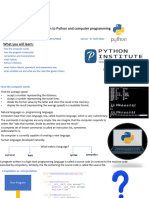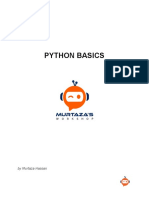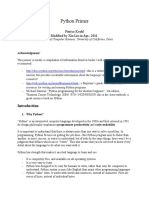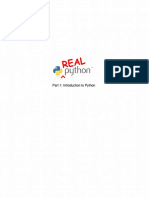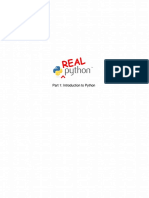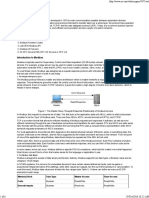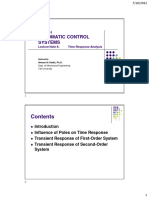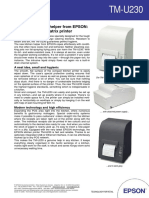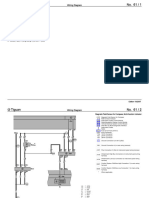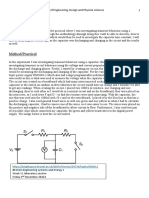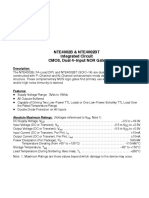0% found this document useful (0 votes)
15 views16 pagesHi Coders and Welcome To The Complete Python Series
The document introduces a comprehensive Python programming series aimed at beginners, covering essential concepts and practical coding skills. It emphasizes Python's simplicity, versatility, and the importance of understanding programming languages for effective communication with computers. The series will include hands-on coding practice, installation guidance, and foundational programming concepts, ultimately preparing learners for advanced topics like AI and web development.
Uploaded by
mdrehmani2007Copyright
© © All Rights Reserved
We take content rights seriously. If you suspect this is your content, claim it here.
Available Formats
Download as PDF, TXT or read online on Scribd
0% found this document useful (0 votes)
15 views16 pagesHi Coders and Welcome To The Complete Python Series
The document introduces a comprehensive Python programming series aimed at beginners, covering essential concepts and practical coding skills. It emphasizes Python's simplicity, versatility, and the importance of understanding programming languages for effective communication with computers. The series will include hands-on coding practice, installation guidance, and foundational programming concepts, ultimately preparing learners for advanced topics like AI and web development.
Uploaded by
mdrehmani2007Copyright
© © All Rights Reserved
We take content rights seriously. If you suspect this is your content, claim it here.
Available Formats
Download as PDF, TXT or read online on Scribd
/ 16






























